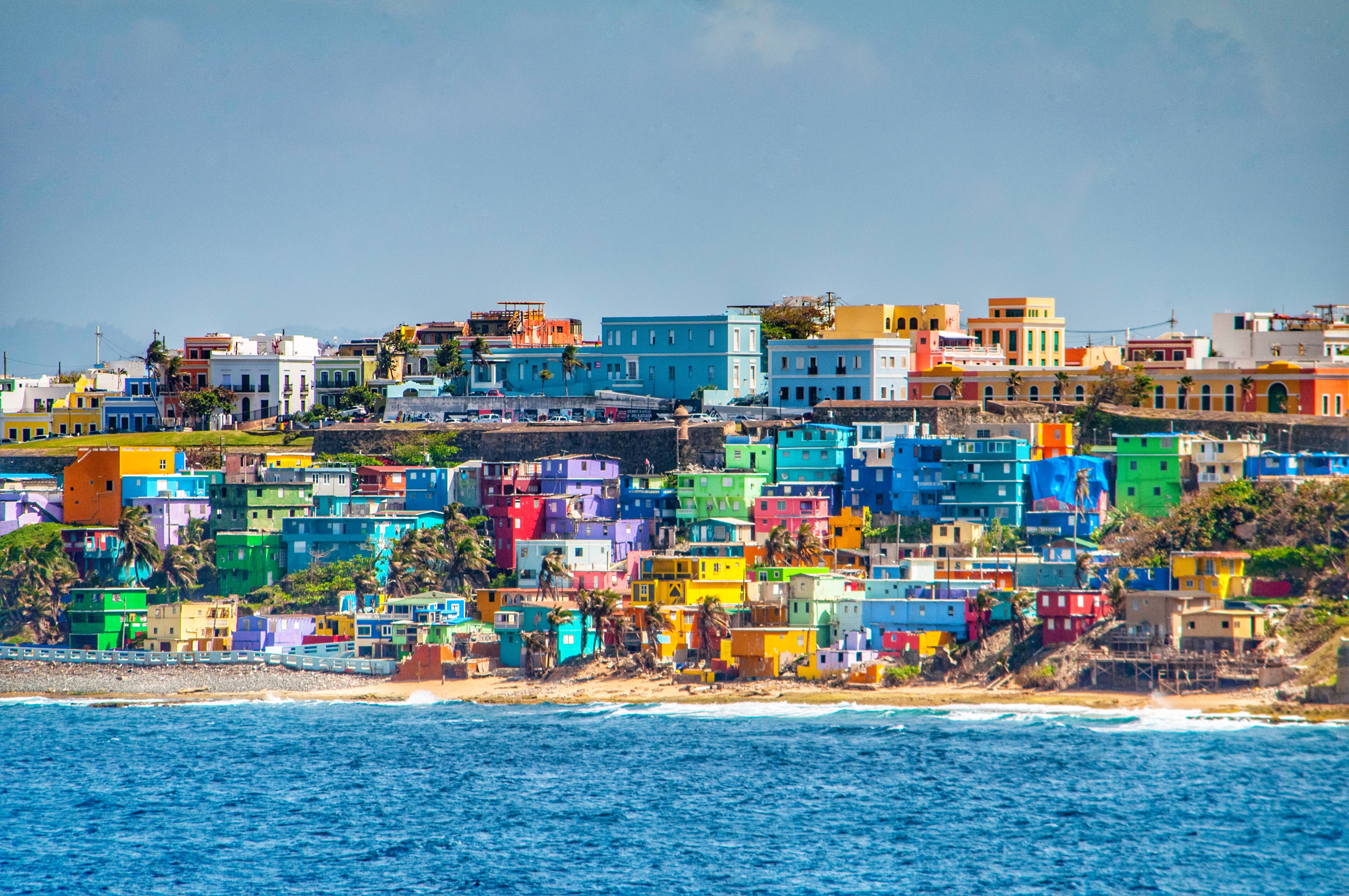Historical Overview of Puerto Rico

The history of Puerto Rico is a complex and fascinating one, marked by the influences of indigenous cultures, European colonization, and American acquisition. The island has been inhabited for thousands of years, with the earliest known inhabitants being the Taíno people.
Indigenous History
The Taíno people were a peaceful and advanced culture who lived on the island for centuries. They were skilled farmers, fishermen, and artisans, and they had a complex social and political system. However, their way of life was disrupted by the arrival of the Spanish in the 15th century.
Spanish Colonization, Puerto rico
The Spanish conquistadors arrived in Puerto Rico in 1493 and quickly established control of the island. They enslaved the Taíno people and forced them to work on plantations. The Spanish also introduced new crops and livestock to the island, and they established a system of government that was based on the Spanish model.
Puerto Rico, a Caribbean gem, has witnessed the impact of natural disasters. But amidst these challenges, there’s hope in the form of innovative solutions like beryl spaghetti models. These models help forecast hurricanes, providing valuable information for disaster preparedness.
And as Puerto Rico rebuilds, these models will continue to play a crucial role in ensuring a resilient future for the island.
American Acquisition
In 1898, the United States acquired Puerto Rico from Spain as a result of the Spanish-American War. The United States established a military government on the island, and it introduced a new system of education and government that was based on the American model.
Puerto Rico, a vibrant island with a rich culture, is often impacted by the Atlantic hurricane season. To stay informed about potential storms, it’s crucial to monitor hurricane forecasts. These forecasts provide valuable information on the track, intensity, and potential impact of approaching hurricanes, helping residents prepare and mitigate risks.
By staying up-to-date on the latest hurricane forecasts, Puerto Ricans can safeguard their homes, businesses, and loved ones from the devastating effects of these powerful storms.
Cultural Heritage and Identity
Puerto Rico’s rich cultural heritage is a vibrant tapestry woven from diverse threads of indigenous Taíno, Spanish, African, and American influences. This fusion has shaped the island’s unique identity, expressed through music, art, literature, language, and traditions.
Music and Dance
Music is an integral part of Puerto Rican culture, with rhythms and melodies reflecting the island’s diverse heritage. Traditional genres include plena, bomba, and salsa, each with its distinct instrumentation and dance styles. Music festivals and performances are a common sight, showcasing the vibrant and lively nature of Puerto Rican culture.
Art and Literature
Puerto Rican art is known for its vibrant colors, bold strokes, and depictions of everyday life. Artists like Francisco Oller and José Campeche have gained international recognition for their contributions to Latin American art. Literature also plays a significant role, with authors like Julia de Burgos and Giannina Braschi exploring themes of identity, social justice, and the Puerto Rican experience.
Language and Traditions
Spanish is the official language of Puerto Rico, but many Puerto Ricans are also fluent in English. The island’s unique blend of Spanish and English has created a distinct dialect known as “Spanglish.” Traditions are deeply rooted in Puerto Rican culture, with religious festivals, family gatherings, and culinary customs playing a vital role in shaping the island’s identity.
Tourism and Economic Development: Puerto Rico

Puerto Rico’s tourism industry is a significant contributor to its economy, attracting millions of visitors annually. The island’s diverse natural beauty, rich cultural heritage, and vibrant urban centers make it a popular destination for both domestic and international tourists.
Beaches
Puerto Rico’s stunning beaches are a major draw for tourists. The island boasts over 270 miles of pristine coastline, offering a wide range of beaches to choose from, from secluded coves to lively resorts.
Rainforests
Puerto Rico is home to El Yunque National Forest, the only tropical rainforest in the U.S. National Forest System. The rainforest offers a unique opportunity for visitors to explore its lush vegetation, cascading waterfalls, and diverse wildlife.
Historical Sites
Puerto Rico’s rich history is reflected in its numerous historical sites. Visitors can explore Spanish colonial architecture in Old San Juan, visit the San Juan National Historic Site, or learn about the island’s sugar industry at the Hacienda Buena Vista.
Economic Impact
Tourism has a significant impact on Puerto Rico’s economy. It creates jobs in the hospitality, transportation, and retail sectors. In addition, tourism revenue supports local businesses and infrastructure development.